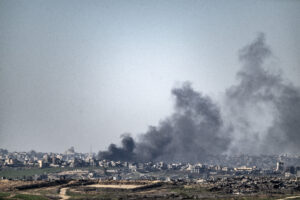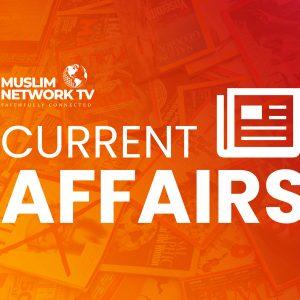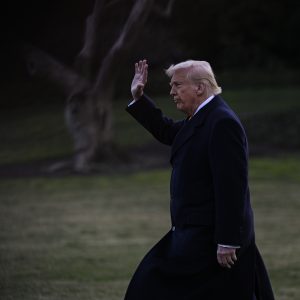Remnants of unmarked graves found at grounds of former Indian Residential School in Canada
TRENTON, Canada (AA) – The Star Blanket Cree Nation in Canada has revealed that searchers found the remnants of a long-buried child at the site of a 19th century school for native Indians. Ground-penetrating radar had 2,000 “hits” that may indicate unmarked graves at the site of the former Indian Residential School.
At a press conference in the Canadian province of Saskatchewan, Sheldon Poitras, who led the searchers, said it is too early to tell the number of unmarked graves. Some of the “hits” made with ground-penetrating radar might be large stones or tree roots, he said.
Core sampling to run DNA tests will now be conducted to find any potential gravesites.
The child’s jawbone fragment was sent to the Saskatchewan Coroners Service, where it was determined that it belonged to a child between the ages of 4 and 6, Poitras said.
“This is physical proof of an unmarked grave,” he said.
Star Blanket Chief Michael Starr said the community has been hit hard by the findings.
“This discovery has changed everything,” Starr said. “It has changed the things we are going to do. It has changed our mindset and our way of life, in a way. Our hearts are heavy today.”
The press conference was held at the only part of the school left standing – the gymnasium. Many members of the Star Blanket tribe were forced to attend the school, which operated for at least 100 years and had various names, including Qu’appelle, St. Paul’s, Whitecalf and Lebret Indian Industrial School.
It was originally run by the Roman Catholic Church. The school was open from 1884 to 1998.
It is the latest in a long line of unmarked graves discovered in the past few years at former Indian Residential School sites. The number stands at more than 1,900.
More than 150,000 Indigenous children were forced to attend one of the 139 schools set up across Canada beginning in the early to mid-1800s. The purpose was to stamp out Indian culture and replace it with the culture and values of the white colonizer.
Commissioned and funded by the government of Canada, more than half of the schools were run by the Catholic Church and the rest by various religious denominations, including Anglican, United and Presbyterian.











